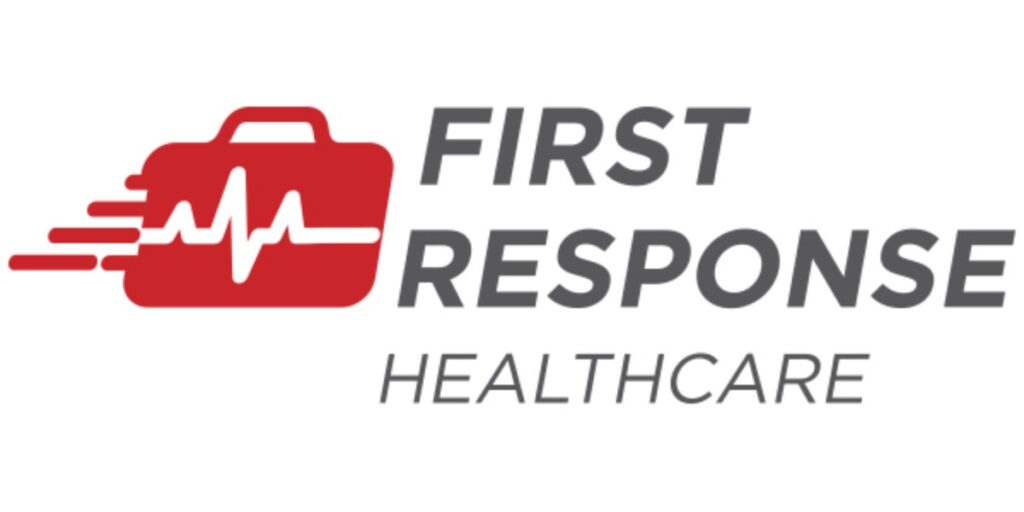First response healthcare:
First Response Healthcare (FRH) is a critical component of emergency medical services (EMS) and is the first point of contact for individuals in urgent need of medical attention. First responders play a critical role in saving lives, mitigating injuries, and stabilizing patients before they are transported to a hospital or other medical facility for further treatment. This article aims to explore the importance of FRH and how it has evolved over the years.
The Importance of First Response Healthcare:
First Response Healthcare is crucial to the success of EMS as it is the first and immediate response to medical emergencies. First responders are trained to assess, treat and stabilize patients with acute injuries or illnesses on the scene. They work tirelessly to prevent further harm, minimize injuries, and save lives in critical situations. First responders also provide emotional support and comfort to patients and their families, which is especially important in traumatic situations.
First-response healthcare is not limited to responding to emergencies only. First responders also play a vital role in educating the public on healthy living practices and providing preventive care services to improve the overall health of their communities. They also provide resources and support for patients with chronic medical conditions and disabilities to ensure they receive the appropriate care.
Evolution of First Response Healthcare:
The concept of first-response healthcare dates back to ancient times when people would help each other in need. However, the modern-day EMS system emerged in the 1960s when the US government realized the need for a standardized emergency medical response system. The government provided funding for the development of EMS systems across the country, leading to establishment of the National Highway Traffic Safety Administration (NHTSA) to oversee the EMS system.
Since then, the field of FRH has evolved significantly, and there have been many changes in how first responders operate. For instance, advanced medical equipment and technologies have been introduced, such as defibrillators, EKG machines, and ventilators, to aid in assessing and treating patients. Furthermore, first responders are now trained to respond to a wider range of medical emergencies, such as cardiac arrests, strokes, and severe allergic reactions, in addition to traditional emergencies, such as trauma and respiratory distress.
Another significant change in FRH is the emphasis on community involvement and education. First responders work closely with community organizations and schools to provide education on emergency preparedness, injury prevention, and health promotion. They also train community members in first aid and CPR, empowering them to act quickly in medical emergencies before professional help arrives.

Challenges and Opportunities:
Despite the significant progress in FRH, challenges still need to be addressed. One of the significant challenges is the limited funding available for EMS systems, which can lead to understaffing and inadequate training for first responders. Additionally, a shortage of qualified healthcare professionals, particularly in rural areas, makes it challenging to provide adequate emergency care.
However, there are also opportunities for improvement in FRH. Technological advancements such as telemedicine and mobile health applications can help bridge the gap in healthcare access and allow for remote consultation with healthcare providers. Moreover, community involvement and education can help to create a culture of preparedness, where individuals are more equipped to handle medical emergencies and know when to seek professional help.
First-response healthcare is a critical component of EMS and is crucial in saving lives, mitigating injuries, and stabilizing patients in emergencies. The field of FRH has evolved significantly over the years, with advancements in medical technology and increased emphasis on community involvement and education. While there are challenges in the field, there are also opportunities for improvement, particularly in leveraging technology to enhance healthcare access and education.








